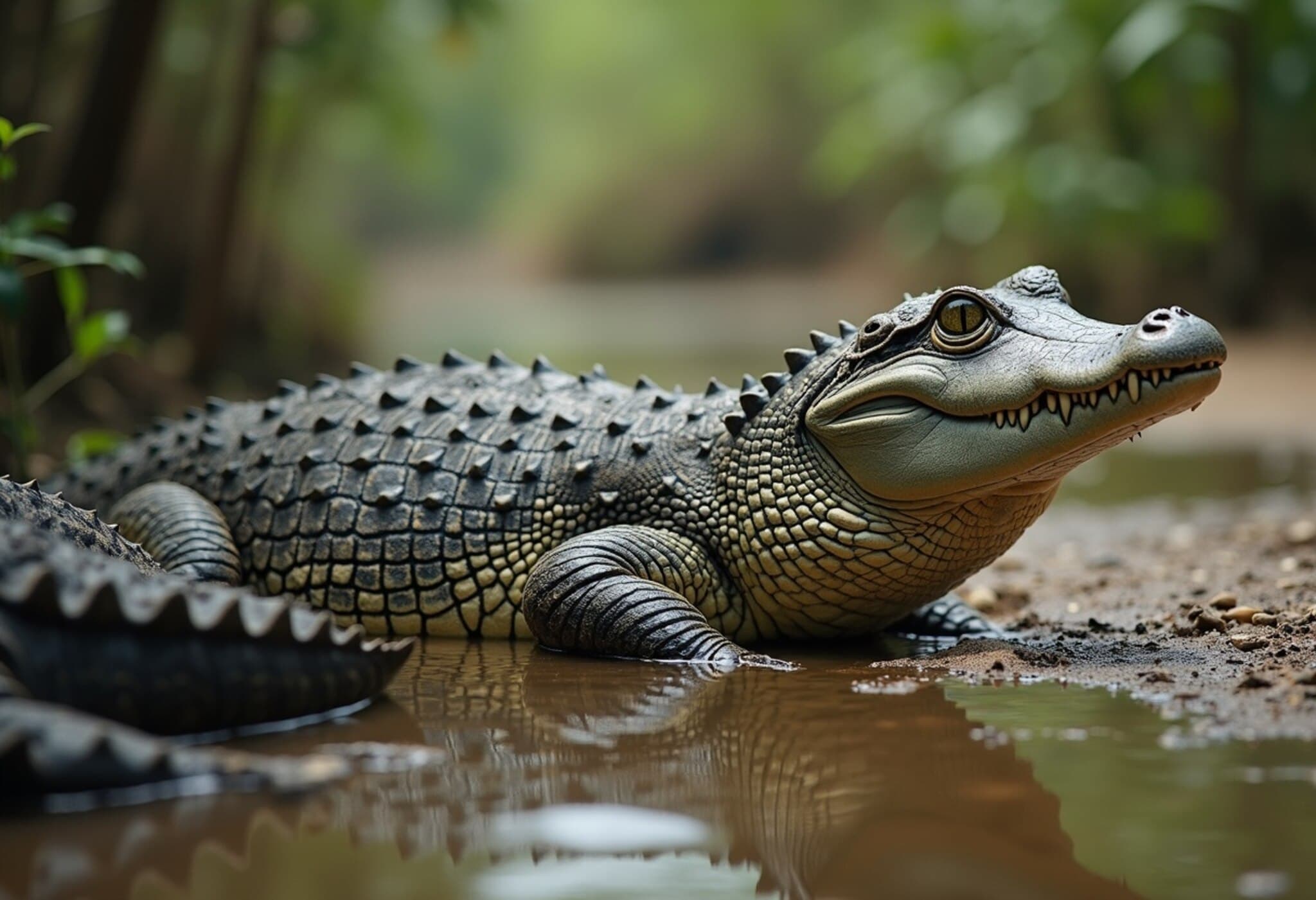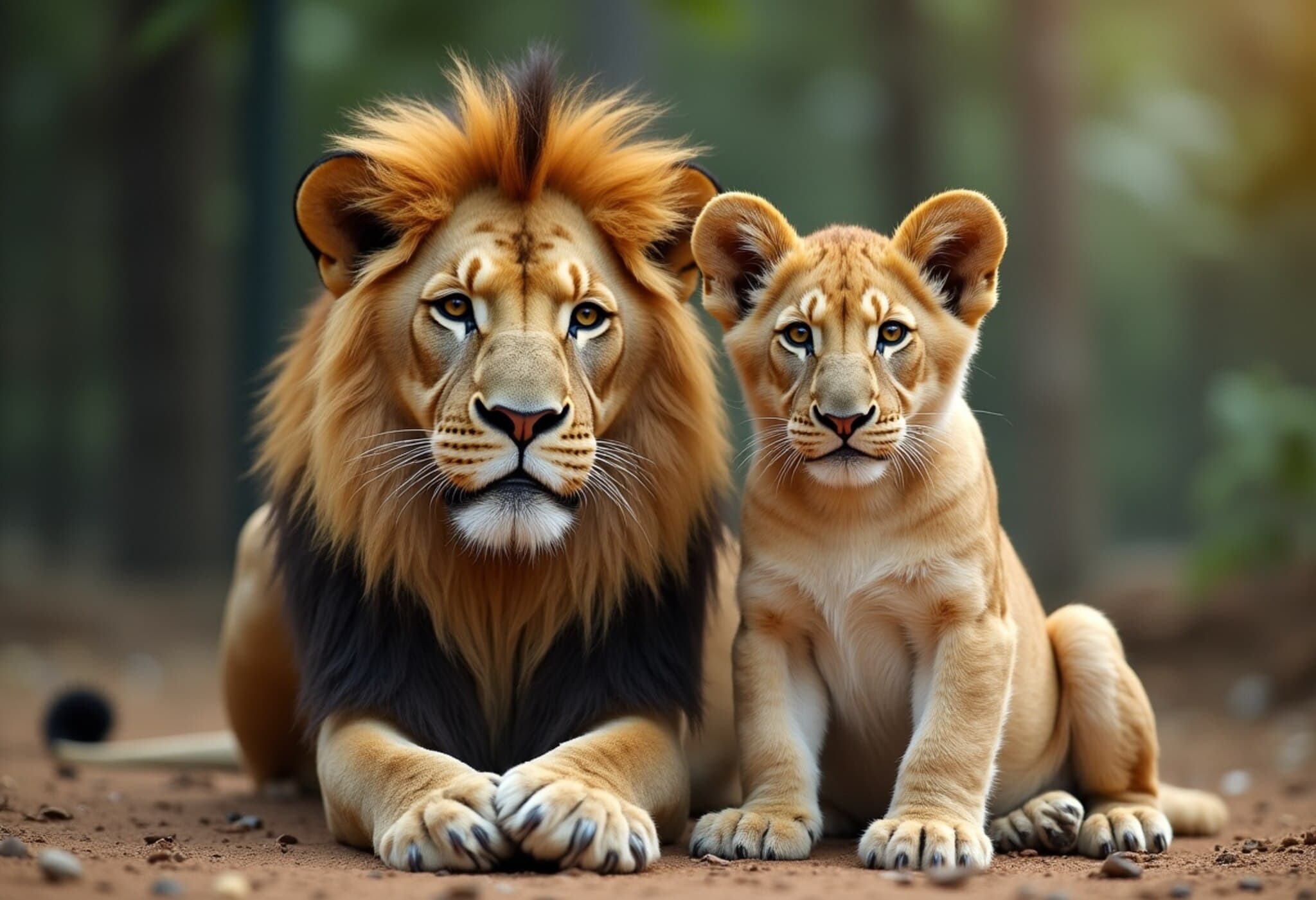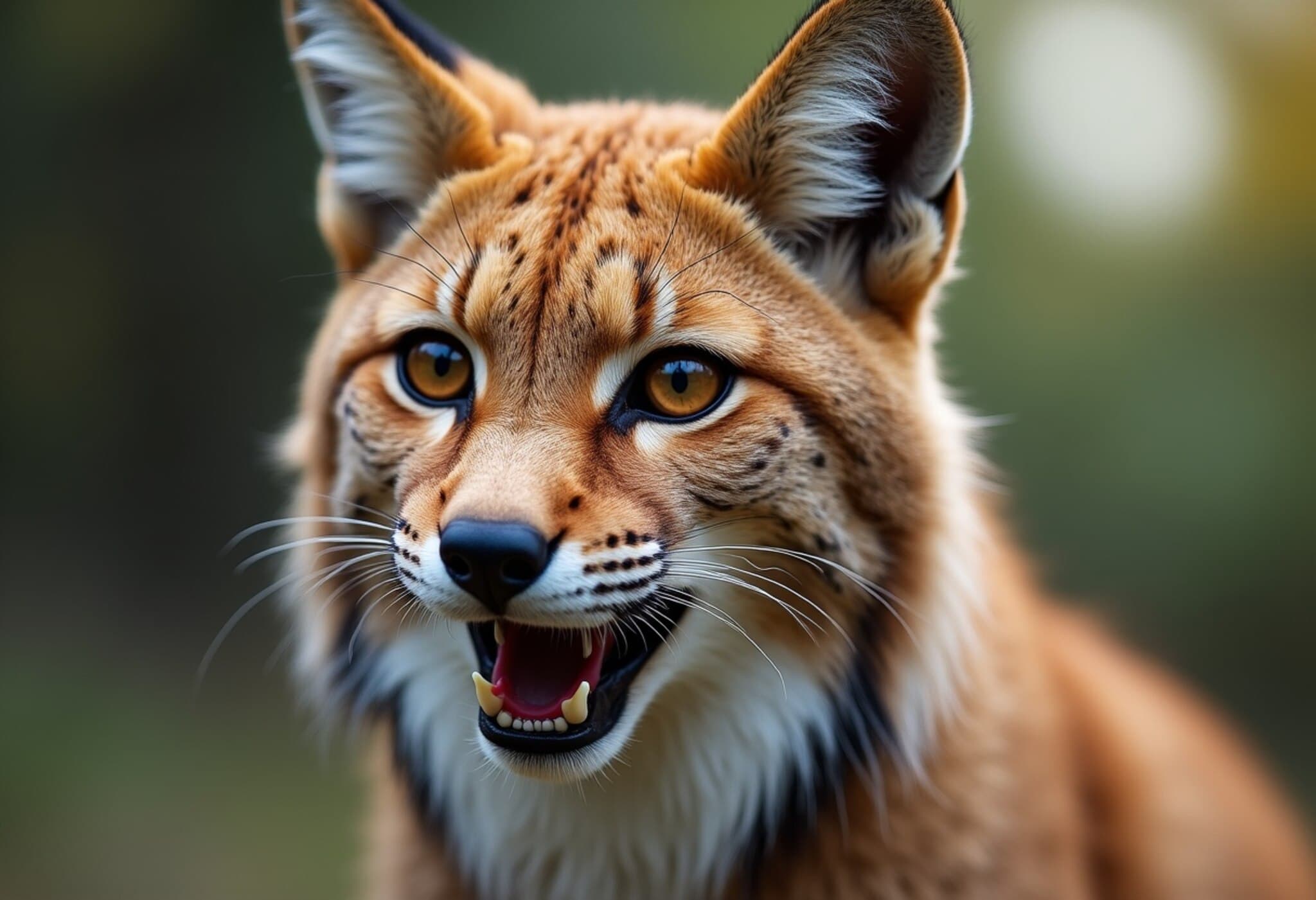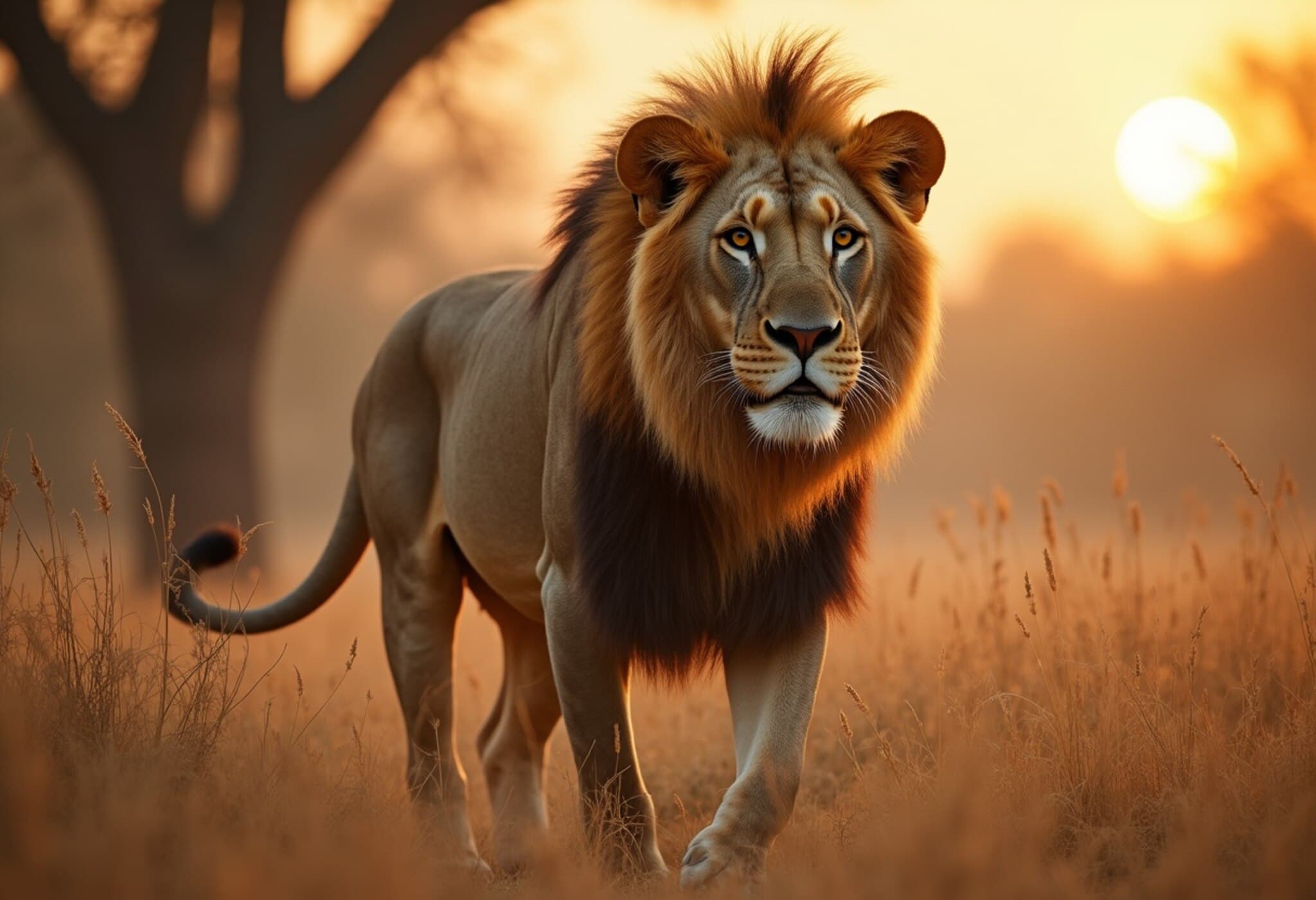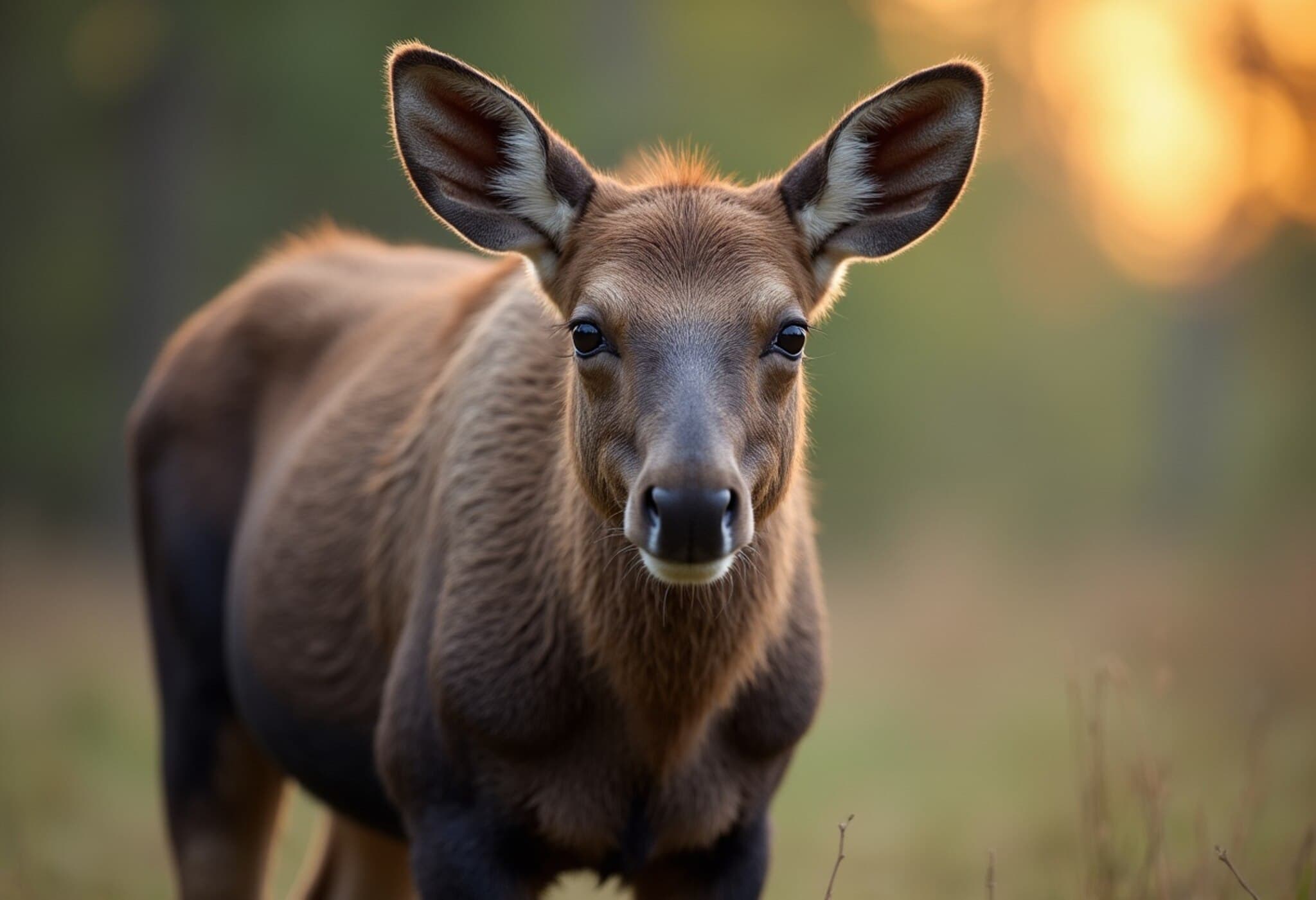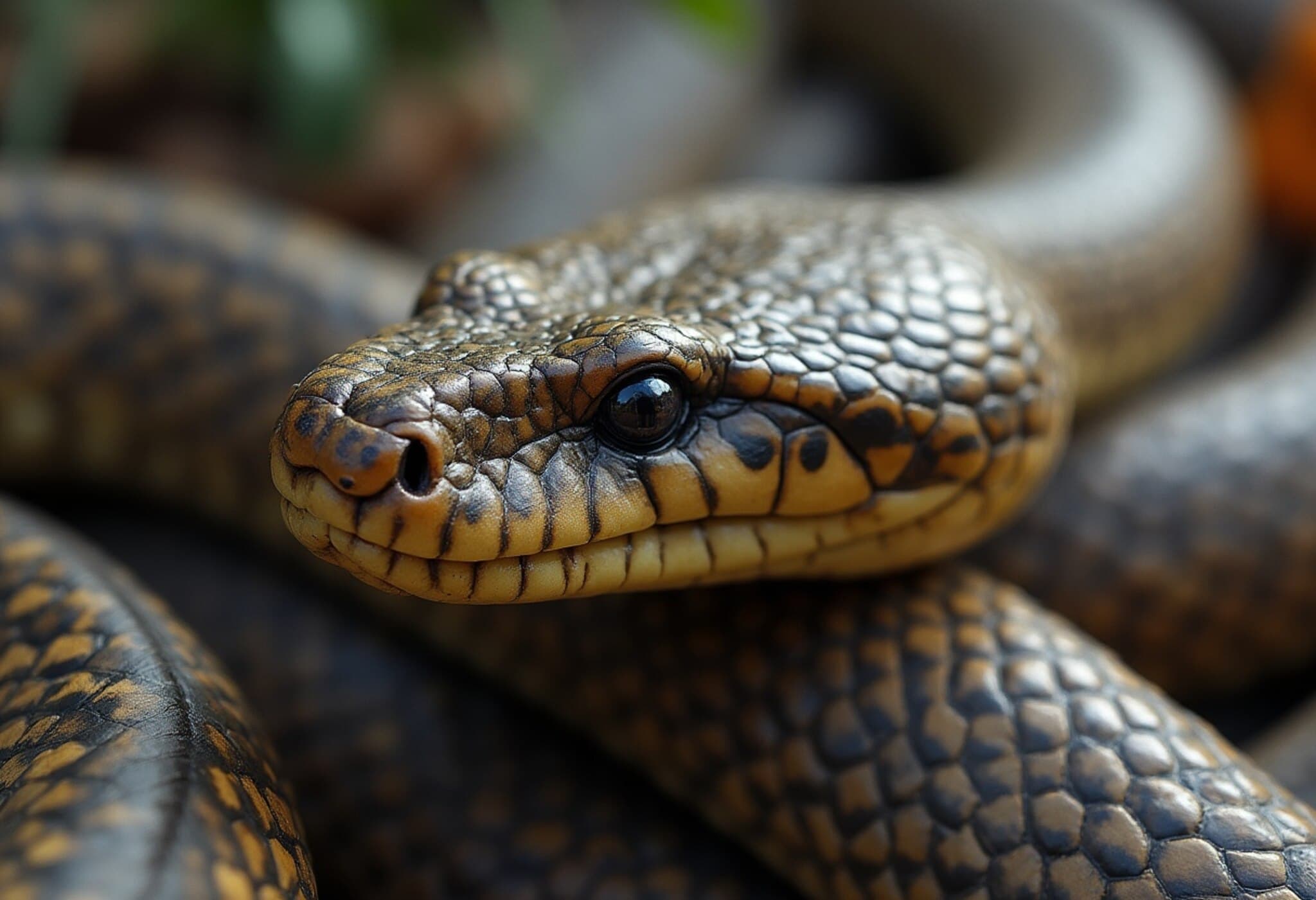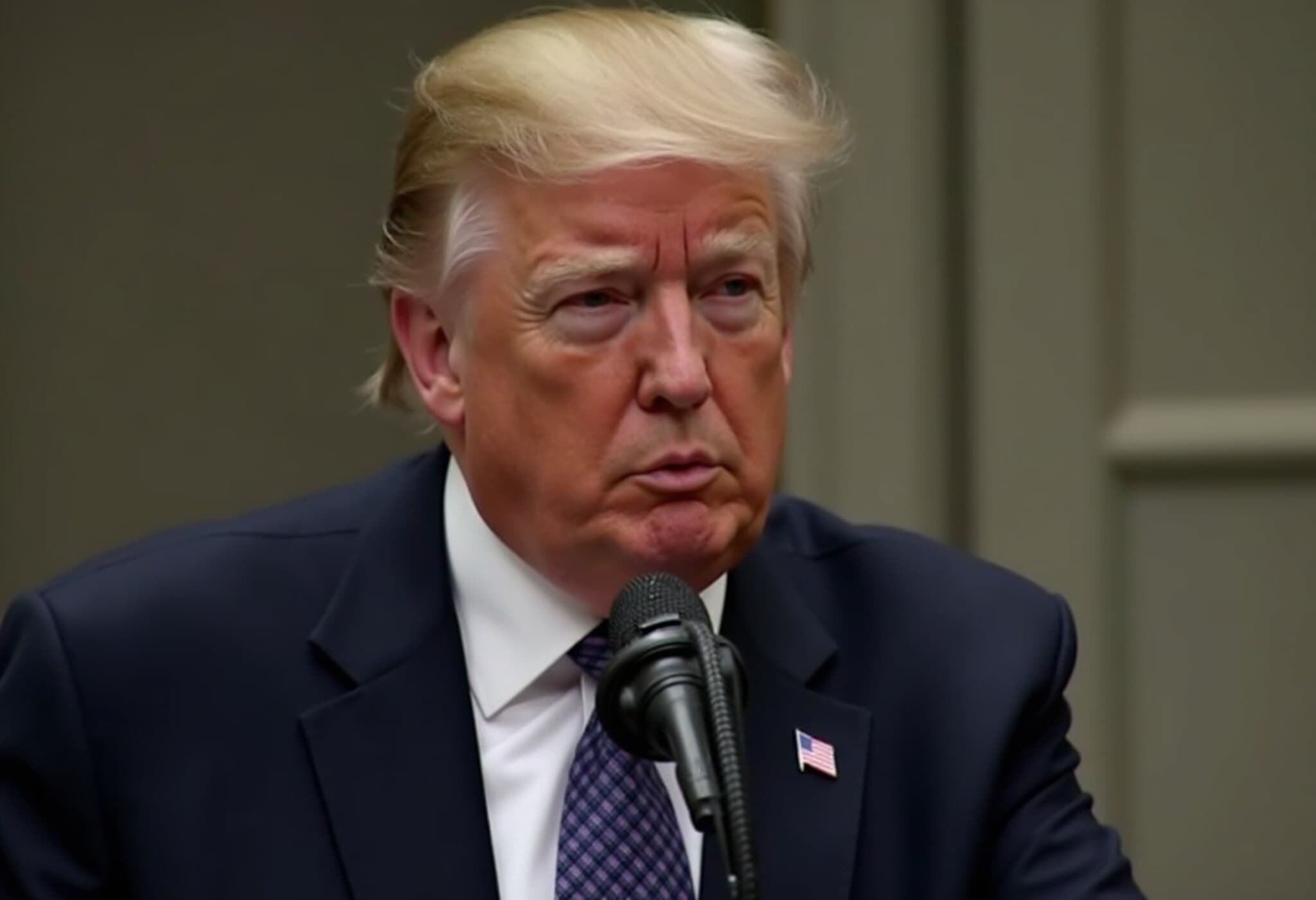Odisha: The Custodian of India's Three Native Crocodile Species
As India commemorates 50 years of its Crocodile Conservation Programme in 2025, Odisha stands out as a trailblazer. The state uniquely harbors wild populations of all three native crocodile species — the gharial, saltwater crocodile, and mugger — making it a hub for species recovery efforts nationwide.
Genesis of a Conservation Triumph
Back in 1975, India launched its first scientific initiative aimed at rescuing its crocodilian fauna from near extinction. Odisha played a pivotal role, hosting small but critical breeding populations. For instance, saltwater crocodiles clung to survival in Bhitarkanika’s mangrove swamps, gharials persisted in the Mahanadi River, and muggers remained in forested river stretches like those around Ramatirtha.
Prompted by alarming survey results revealing dangerously low crocodile numbers, the Government of India, with support from the Food and Agriculture Organization of the UN, swiftly established incubation and rearing centers, specifically in Odisha’s Tikarpada (for gharials) and Dangamal (for saltwater crocodiles).
Innovative Breeding and Reintroduction Techniques
Wild eggs were carefully collected, incubated under controlled conditions, and hatchlings nurtured in pools until reaching 1.2 meters, considered a safe size against predators. By June 1975, only two months into the project, the first gharial and saltwater crocodile hatchlings were successfully reared — a historic milestone in India's wildlife conservation.
Odisha led further advancements by appointing dedicated wildlife biologists and creating the country's first breeding pools at Nandankanan Zoological Park and Dangamal, combining international collaboration with local efforts.
Protected Reserves and Expanding Populations
Iconic sanctuaries like Bhitarkanika and Satkosia became India’s first protected habitats for saltwater crocodiles and gharials, respectively, later elevated to National Park and Tiger Reserve status. Additionally, Odisha pioneered the release of captive-bred crocodiles back into the wild, speeding population recovery.
Today, it remains the sole state with dedicated conservation centers for all three crocodilian species — gharials at Tikarpada, saltwater crocodiles at Dangamal, and muggers at Ramatirtha. It’s also home to India’s first PhDs specializing in crocodilian research.
Current Numbers and Conservation Impact
- Gharials: India now harbors nearly 80% of the global wild gharial population, roughly 3,000 individuals, with over 400 nests recorded annually in protected areas.
- Saltwater Crocodiles: The wild population has rebounded to around 2,500, with Odisha’s Bhitarkanika housing the largest share.
- Mugger Crocodiles: Now estimated between 8,000 to 10,000 in the wild, muggers have reclaimed most of their original habitat.
The expansion of breeding programs across more than 20 zoos, led by institutions like the Madras Crocodile Bank, has reduced the need for wild egg collection, marking a mature phase in conservation.
Looking Ahead: New Initiatives for Gharial Conservation
Building on this foundation, a new gharial conservation project was announced recently to further consolidate and extend the species’ range along major river systems such as the Ganges, Brahmaputra, and Indus. Conservationists hope to restore gharials to their former habitats, including Odisha’s Mahanadi River, where encouraging signs of recovery continue to emerge.
A Legacy of Dedication and Hope
Odisha’s pioneering spirit and sustained commitment over the past five decades have not only rescued these magnificent reptiles from the brink but also set a global benchmark for species recovery programs. The state’s blend of scientific innovation, habitat protection, and community engagement has secured a future where India’s crocodiles thrive once again.

